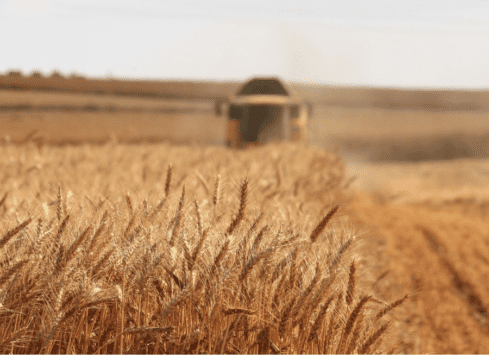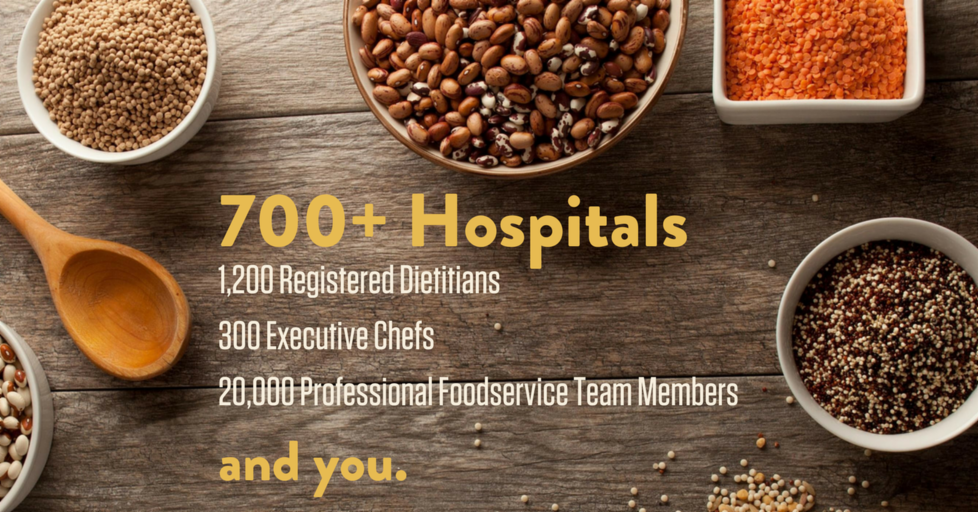By Sheetal Parikh, Clinical Dietitian
Whole grains and long, healthy lives
My brother often argues that our grandparents in India regularly ate ghee and butter – both rich in fat – yet they didn’t suffer from coronary disease and lived long and healthy lives. His logic makes sense, until my mother explains the reasons for their longevity.
She says their good health stems from regular physical exercise and eating nutritious and whole grain foods. Eating whole grains started with my grandmother, who cooked nearly all of our family meals.
She and my mother taught their children the nutritional benefits of consuming whole grains, which contain fiber, vitamins and minerals, and can prevent chronic diseases. We need to do the same so our children can appreciate the taste and value whole grains bring to their lives.
The Academy of Nutrition and Dietetics backs up my mother’s argument, saying that whole grains are a key component to good health. Its 2015 dietary guidelines for Americans recommend that people select nutrient-dense whole grains for health promotion and disease prevention and management.
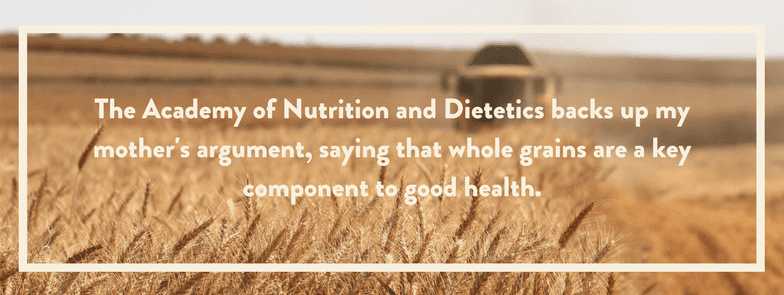
What is a whole grain?
What exactly is a whole grain? According to the Whole Grains Council, a whole grain food contains the essential parts and naturally-occurring nutrients of the entire grain seed in its original proportions. If the grain has been processed (e.g., cracked, crushed, rolled, extruded, and/or cooked), the food product should deliver the same rich balance of nutrients that are found in the original grain seed.
The most common foods containing whole grains include corn, oats, quinoa, rice, wheat and wheat varieties like spelt, emmer, farro, einkorn, durum, bulgur, cracked wheat and wheat berries.
How to get started eating more whole grains
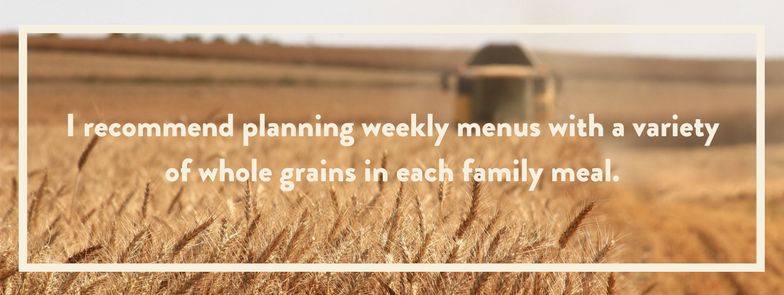
Many people would like to eat more whole grains but don’t know how to get started. I recommend planning weekly menus with a variety of whole grains in each family meal.
Every Sunday morning I plan each dinner for the entire week and make certain to include one entrée as a whole grain. I choose recipes I like and cook the grain in a way that I know my family will enjoy.
Don’t be afraid to try new grains either! Even if you’re unfamiliar, exploring new grains can be a fun (and delicious experience). If we give our children the experience of different textures and flavors, they will be open to more varieties of foods when they grow into adults. I believe the reason I eat so many grains and whole foods in my daily meals is because I gave myself the freedom to experiment over the years.
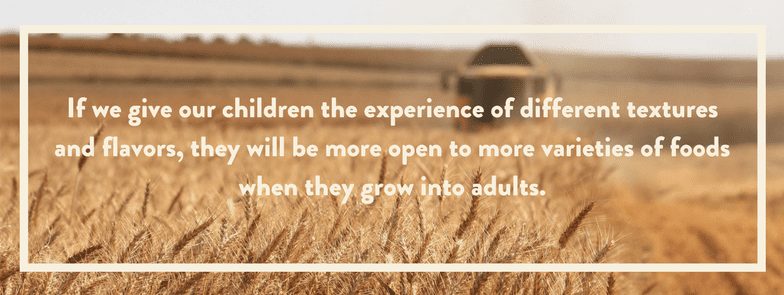
Whole Grains Around the World
For people who want to experiment, every region of the world offers different kinds of whole grains that are locally grown and consumed. Check out these whole grains from around the world:
Spelt
- Found in Spain and throughout Europe, spelt has a tougher-than-average husk that protects the nutrients within, making it higher in minerals, protein, iron, vitamin A and heart-friendly niacin (vitamin B3). Its lesser-than-wheat gluten content also makes it easier to digest.
Amaranth
- This grain has been grown in South America at least since 4,000 BC – amaranth is a gluten-free pseudocereal that trumps the protein content of most other grains. Other than containing lysine (an important amino acid missing in most grains), it also contains three times the average amount of calcium and is the only grain documented to contain vitamin C.
Farro
- Grown in Italy, farro is a pure form of wheat with the husk intact. It’s been a staple in the Mediterranean diet for centuries, and its satisfyingly firm, chewy texture makes it incredibly versatile. Use it in salads, soups, sides and risotto-type dishes.
Whole grain recipe
To celebrate National Nutrition Month, here is one of my favorite whole grain recipes from India. This recipe is very near to my heart since my grandma used to make it and my Mom still cooks it. The name of this recipe is “Fada Khichadi” and can be called “Savory Cracked Wheat with Lentils.”
Authentic Fada Khichadi – “Savory Cracked Wheat with Lentil”
You’ll need:
- 1 cup cracked wheat
- ¼ cup moong dal (Green split lentils)
- ¼ cup chana dal (Yellow split lentils)
- ¼ cup brown rice
- 1 tomato
- 1 green chili
- 1-inch ginger
- 4-5 garlic cloves
- 1 tbsp turmeric powder
- 3-4 whole cloves
- 2 tbsp ghee
- Salt to taste
To prepare:
In a pan, sauté ghee with cloves. After one minute, add cracked wheat and sauté until the cracked wheat is roasted. Set aside. Grind tomato, chili, ginger and garlic to paste.
Using a pressure cooker, mix the sautéed cracked wheat, paste and all the remaining ingredients, and add four cups of water. (An instant pot can be used instead of a pressure cooker). If it’s the pressure cooker, cook for 25 minutes and stir it properly before you serve this dish. (The same step can be applied if cooked using instant pot). Pressure cook for 20 minutes into the instant pot.
About the Author
Sheetal Parikh, Clinical Dietitian serves at Heart of Florida Medical Center in Davenport, Florida. She is a proud part of the Morrison Healthcare family.
Join the Morrison Healthcare Family
Sheetal Parikh chose Compass One Healthcare and Morrison because of the opportunities she has to touch the lives of patients and staff. Morrison is a proud part of Compass One Healthcare and Compass Group USA. If you’re interested in a career in healthcare, be sure to check out team member or management opportunities to join the Morrison family through Compass Group Careers.
